Brief Summary
ESMA has recently published its Final Report on the technical standards (RTS and ITS) under the EMIR REFIT regulation. The Report focuses on further harmonisation of the reporting requirements as well as enhancements in the counterparties and Trade Repositories (TRs) procedures on ensuring data quality, following consultation with the market. The Final Report complements the technical standards on reporting requirements, procedures to reconcile and validate data, to the technical standards on registration and access by the relevant authorities under EMIR REFIT.
The key elements in the Final Report covers issues relating to the reporting of counterparties to TRs, the data collection from TRs, the update of a LEI and reconciliation of data, the responses of TRs to reporting counterparties, the entities responsible for reporting and submitting entities, the registration of TRs and proposals regarding the terms and conditions of data access by the authorities.
Furthermore, the key proposals included in the technical standards, focus on the alignment with the international standards on the definition, format and usage of key OTC derivatives data elements reported to TRs, the end-to-end reporting in ISO 20022 XML as a single standard for eliminating the risk of discrepancies due to inconsistent data, the harmonised data quality requirements across TRs and the standardised process for data access.
In this brief summary we will mainly focus on the proposals and the feedback regarding the reporting by the counterparties to TRs and have an overview on what is included in the technical standards.
Regarding counterparties reporting, the Final Report focuses on the methods and arrangements that counterparties should have in place to notify the competent authorities about errors and omissions in the reports, as well as methods and arrangements to ensure resolution of reconciliation failures and correct reporting under the new EMIR REFIT. In addition, it involves provisions on the allocation of responsibility for reporting.
For meeting the above, reporting counterparties should at minimum, notify their National Competent Authority (NCA) if they experience a problem that prevents them from submitting their reports to TRs. ESMA also introduced the requirement for counterparties to put in place written procedures, ensuring resolution of all reconciliation breaks.
For defining the party responsible for generating the UTI, ESMA proposed some adaptations to the current waterfall approach to align it with the UTI guidance, limiting to a minimum the cases where the counterparties need to agree. UTI guidance will also be followed for the structure of the UTI, which specifies it as a concatenation of the LEI of the generating entity and a unique value created by that entity.
Regarding the use of UPI, ESMA decided that all derivatives admitted to trading or traded on a trading venue or a systematic internaliser would need to be identified with ISIN (only), whereas all remaining derivatives would need to be identified with UPI (only). UPI guidance provide that each UPI code would map to a set of data comprised of reference data elements with specific values that together describe the product.
In addition, it details proposed changes in the reporting logic, particularly the revised approach for reporting lifecycle events and reporting at position level, as well as presenting an overview of the updated list of details of the derivatives to be reported.
Next Steps
The draft technical standards have been submitted to the European Commission for endorsement, and the proposed timeline for implementation of the technical standards by the reporting counterparties and TRs in the Union is 18 months from the date of their publication in the Official Journal.
In the meantime, ESMA will commence working on the guidelines on reporting under EMIR REFIT as well as on the technical documentation, including XML schemas and validation rules. ESMA aims to provide the industry with the relevant guidance and documentation sufficiently ahead of the reporting start date to ensure a smooth transition to the reporting under the revised rules.
What Reporting Counterparties Should Do?
Once the relevant technical guidance (guidelines on reporting and accompanying validation rules and ISO 20022 messages) is finalised, reporting counterparties should start working towards the implementation on their reporting. It is envisaged that such documentation should be available approximately 12 months ahead of the reporting start date.
Reporting counterparties should nevertheless take into consideration all the changes proposed in the Final Report to assess what changes can affect them and take steps in a timely manner, in order to better prepare and be ready well before their application.
How Can MAP FinTech Assist You?
At MAP FinTech we simplify your regulatory reporting obligation. Through our powerful Polaris platform, we automate this complex process and we effectively investigate, validate and manage your data.
At the same time, our team of specialists provide training throughout the implementation process to ensure that key personnel understand the regulation and process.
Our service includes the technology and the consulting from our experts to provide your firm with a single solution for all asset classes across EMIR jurisdictions.
You can learn more about MAP FinTech’s EMIR Reporting Solution here.
As always, MAP FinTech is at the forefront of developments and stands ready to assist regulated entities to meet their reporting needs with innovative, efficient and robust solutions.
For more information please feel free to contact us.
